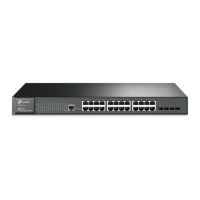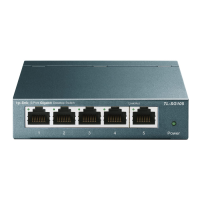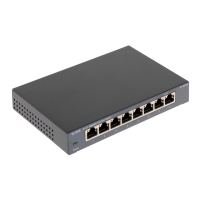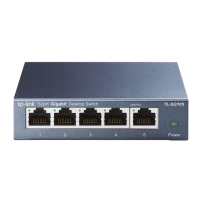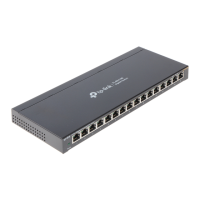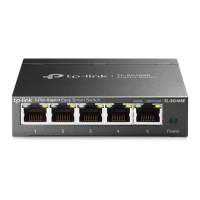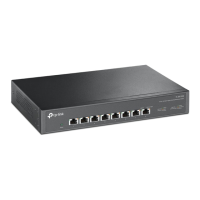19
An IPv6 address prefix is represented in "IPv6 address/prefix length" format, where "IPv6
address" is an IPv6 address in any of the above-mentioned formats and "prefix length" is a
decimal number indicating how many leftmost bits from the preceding IPv6 address are
used as the address prefix.
2. IPv6 address classification
IPv6 addresses fall into three types: unicast address, multicast address, and anycast
address.
Unicast address: An identifier for a single interface, on a single node. A packet that is
sent to a unicast address is delivered to the interface identified by that address.
Multicast address: An identifier for a set of interfaces (typically belonging to different
nodes), similar to an IPv4 multicast address. A packet sent to a multicast address is
delivered to all interfaces identified by that address. There are no broadcast addresses
in IPv6. Their function is superseded by multicast addresses.
Anycast address: An identifier for a set of interfaces (typically belonging to different
nodes). A packet sent to an anycast address is delivered to one of the interfaces
identified by that address (the nearest one, according to the routing protocols’ measure
of distance).
The type of an IPv6 address is designated by the first several bits called format prefix. The
following table lists the mappings between address types and format prefixes.
Type Format Prefix (binary) IPv6 Prefix ID
Unicast
address
Unassigned address 00…0 (128 bits) ::/128
Loopback address 00…1 (128 bits) ::1/128
Link-local address 1111111010 FE80::/10
Site-local address 1111111011 FEC0::/10
Global unicast address
001 2xxx::/4 or 3xxx::/4
Reserved type
(to be assigned in future)
Other formats
Multicast address 11111111 FF00::/8
Anycast address
Anycast addresses are taken from unicast
address space and are not syntactically
distinguishable from unicast addresses.
Table 4-1 Mappings between address types and format prefixes
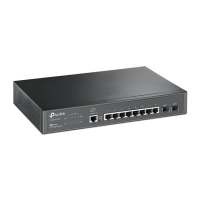
